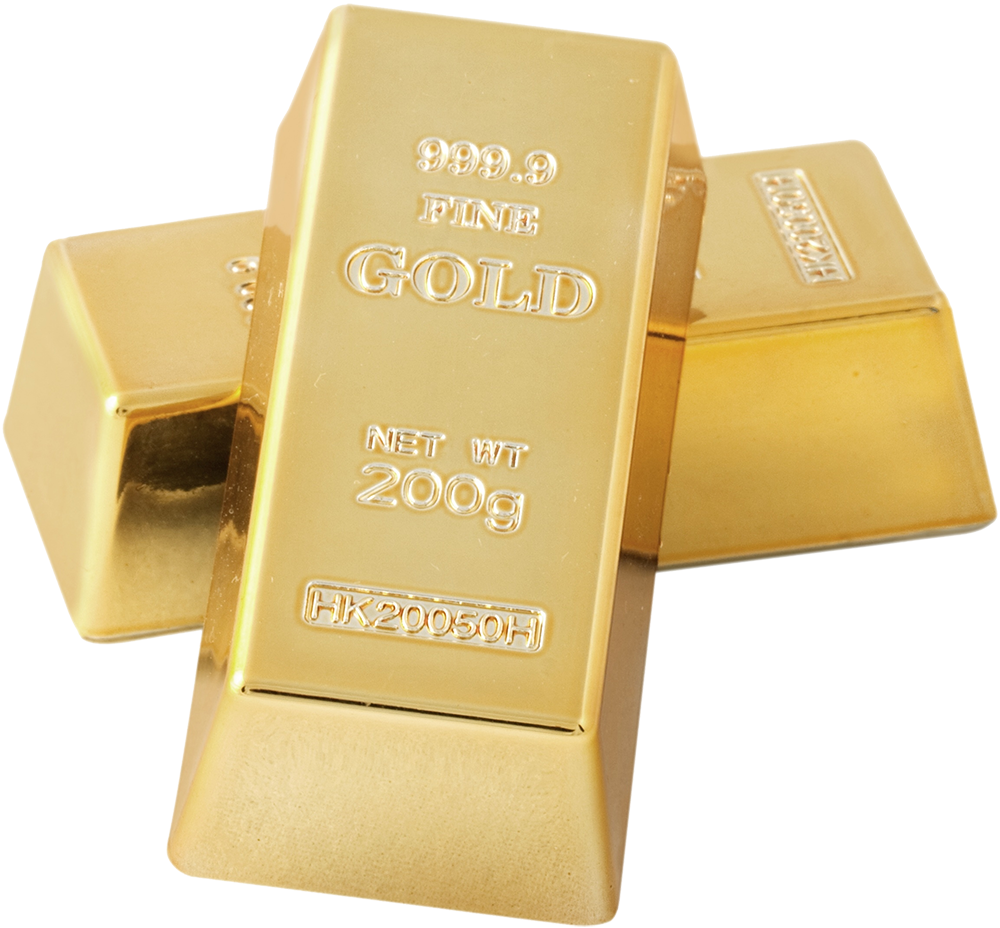 The markings you see on gold and silver jewelry were typically put there for the same reason: to let buyers know about the purity of the metal.
The markings you see on gold and silver jewelry were typically put there for the same reason: to let buyers know about the purity of the metal.
But different types of metals can carry different markings. If you’re looking to sell gold jewelry in Bucks County, you may want to study this guide to identifying these marks.
Silver
Silver is a soft metal, which makes it good for intricate designs, although not very durable. That’s why jewelry makers often mix silver with other metals, such as copper, to give it more strength. The purest type of silver used in making silver jewelry is known as sterling silver.
Sterling silver is 92.5 percent pure, and will be marked with some variation of this number. Antique or vintage sterling silver from England will carry the symbol of a walking lion.
Other common purity markings include 99.9, 81.3 and 80.0. Silver that is 99.9 percent pure is the highest possible purity – it’s the same kind of silver found in silver bullion and silver coins – and is therefore more valuable than other silver alloys. Silver at this level may not be as resistant to scratches and wear as other purity levels.
Gold
Like silver, gold is a soft metal, and is therefore combined with other materials to make it more durable. It also alloyed to create different colors. Rose gold, for example, is an alloy of gold and copper, while white gold is a blend of gold and a white metal such as nickel or manganese.
There are several possible markings to denote gold purity. If you’re trying to sell gold jewelry in Bucks County, it’s important to know these markings:
24K
Gold purity is measured according to a karat system, determining how many parts of the alloy are gold on a scale of 24. So, when you hear something described as “24 karat gold,” you’re dealing with the purest gold possible.
Just like with silver, gold only gets to 99.9 percent purity, which is why a 24K piece might be marked with a “999” or “.999.”
24K is the most valuable variety of gold jewelry, but can become scratched or damaged if worn every day. And this kind of gold will only ever have a yellow color.
18K
The most common purity level for gold, this jewelry contains 75 percent gold, and will sometimes be marked with a 750. It will still look and feel like gold, and is safe for most people with metal allergies.
14K
White gold and rose gold are commonly 14 karats, and contain 58.5 percent gold. But although they contain less gold, these pieces are still valuable, especially pieces of white gold that have been mixed with silver.
10K
In the United States, 10K gold contains the lowest range of gold purity that is legally allowed to be marketed as gold: 42 percent, or “.417.” It’s more affordable than the other varieties we’ve mentioned, but still high quality. This purity level gives jewelry makers a great deal of flexibility in terms of color, while yielding a stronger finished product.
HGE
If you see a piece of jewelry marked with “HGE,” you’re looking at something that’s gold-plated. The “HGE” stands for “heavy gold electroplate,” and denotes a piece that will be markedly more affordable than solid gold jewelry.
GF
This marking refers to gold-filled jewelry, which is created when a layer of gold is fastened to a base metal, usually silver or brass. This gold layer is thicker than gold plate, making jewelry with the GF marking more valuable.
Are you unsure about the value of your gold? Turn to Doylestown Gold Exchange. For more than 20 years we’ve helped people looking to sell gold jewelry in Bucks County get the best price for their valuable pieces. Visit our store today so our experts can assess your pieces and make an offer based on that day’s prices.

